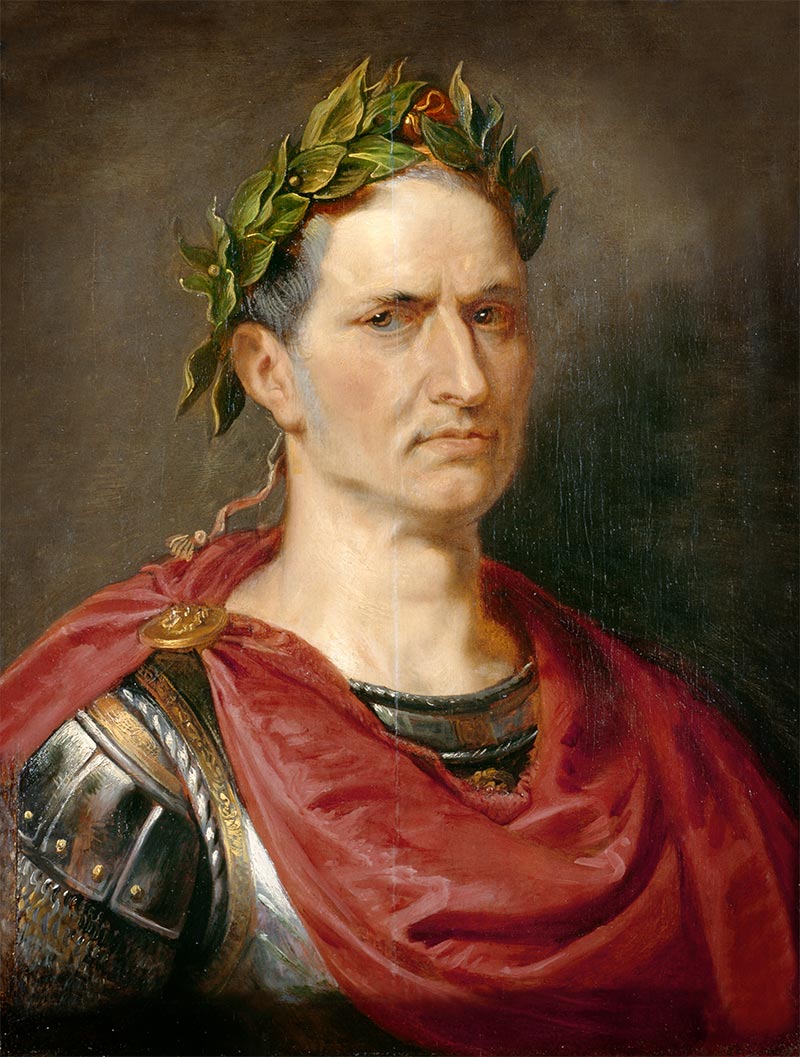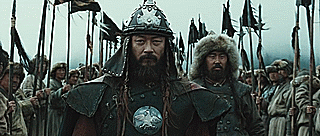Strategic Leadership Analysis
Shapur archetypes treat borders like innovation labs. You capture enemy expertise, build academies such as Gundishapur, and rotate elite cavalry through fortified cities. Knowledge, culture, and force move together so threats are met with both creativity and steel.
Strengths
- Creates research hubs that feed battlefield advantages
- Integrates diverse talent into cohesive frontier teams
- Learns from every clash and iterates tactics fast
- Builds fortified cities that double as cultural magnets
- Keeps diplomacy, faith, and military aims aligned
Pressure Points
- Ambitious projects demand immense resources
- Balancing scholars and generals can slow approvals
- Frontier focus may miss palace politics
- Requires redundancy so knowledge survives crises
- Hands-on leadership style can limit delegation
Relationship Operating System
Diplomatic and finance partners let you keep experimenting without political drag.
Deployment Zones
Innovation labs in regulated industries, advanced defense R&D, frontier market expansion, climate resilience infrastructure, skunkworks leadership
Leadership Lessons to Apply Today
Document breakthroughs, mentor second-line leaders, and rotate home more often so expertise compounds.



